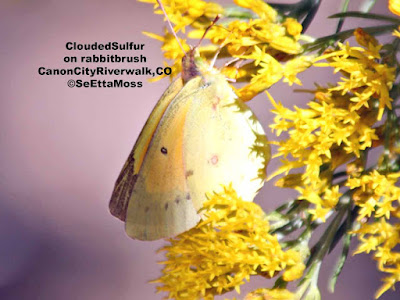GreaterWhite-fronted Geese return for winter

Every fall Greater White-fronted Geese return to the Canon City area for the winter season. They are very regular in this area and we have had a small flock of 6-11 every winter for at least the last 12 years. These are a little early this year. I just read that just saw record fall warm temperatures and this species breeds in the Arctic and near it in the NW territories. This is only speculation, but the warm temps in the breeding areas may have caused them to move out sooner as temperature changes effect the food availability. The goose on the left is a juvenile Greater White-fronted. Compare it with the adult Greater White-fronted Goose in the middle and the Canada Goose on the far right--it has a drab bill with no white feathering visible around it's bill yet (per Birds of North America online, this begins in September). Though the juvenile's legs are not as bright orange as the adults, this is characteristic that makes this species stand out among from Canada Geese...




